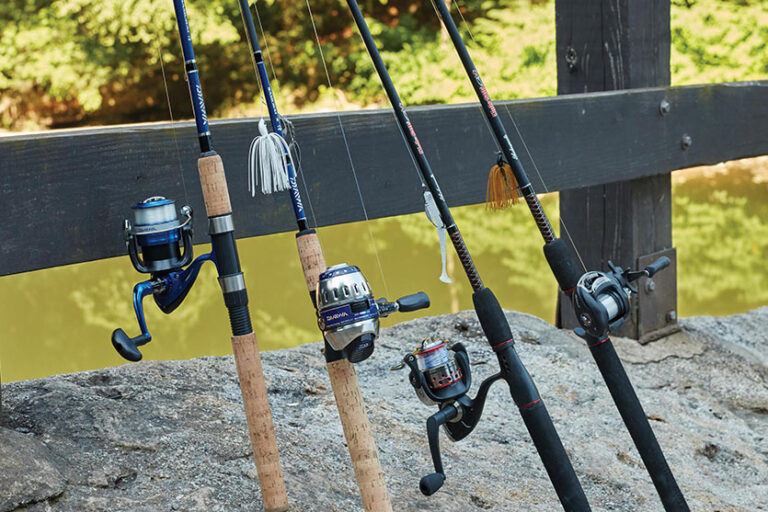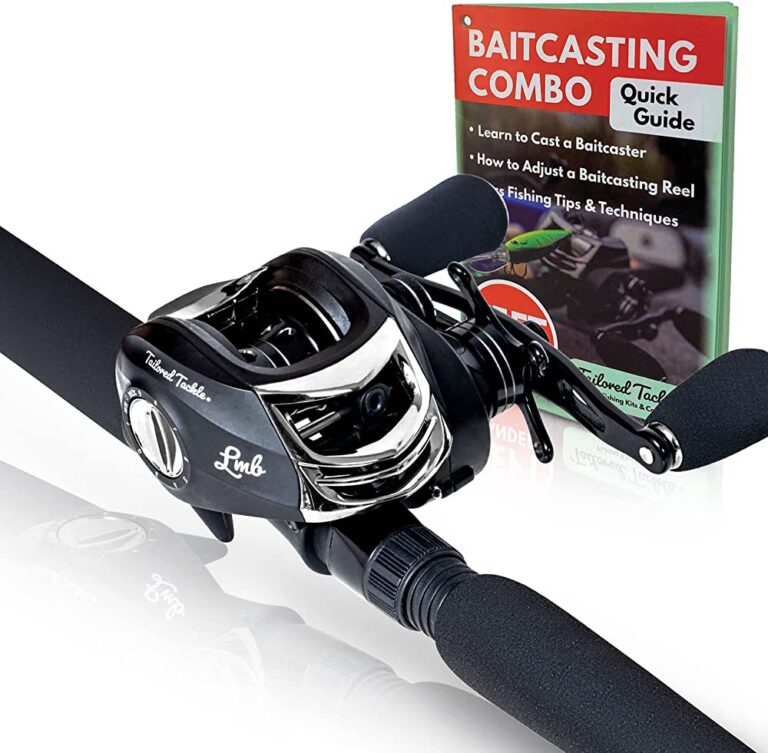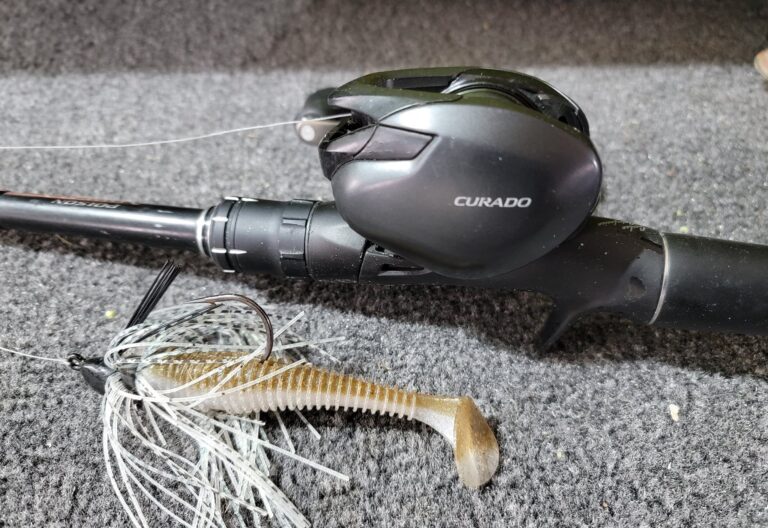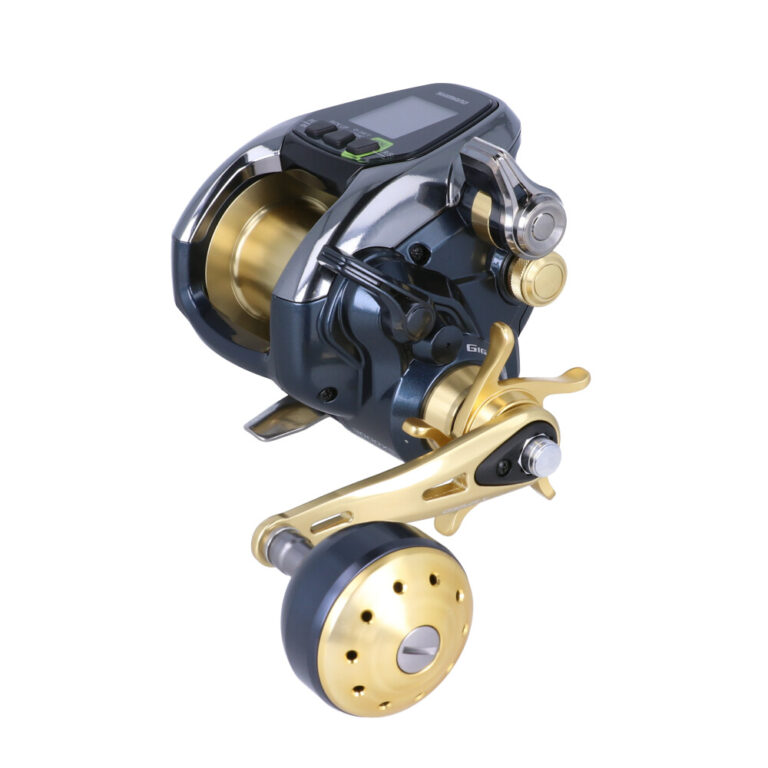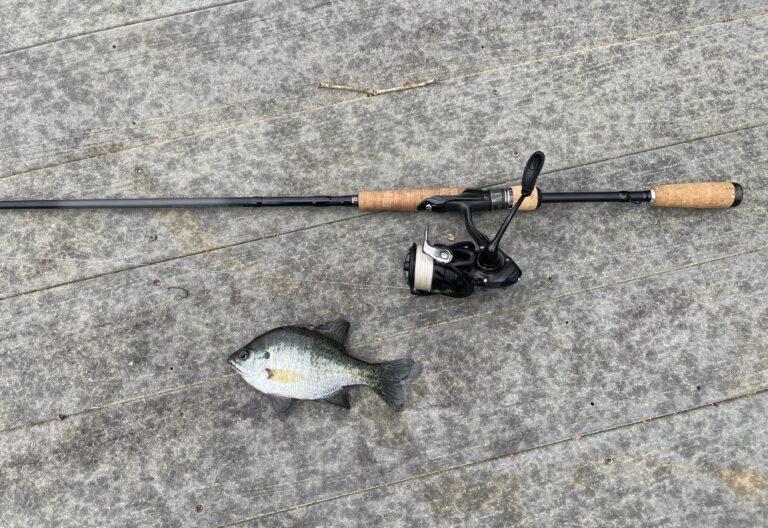Proper line management for spinning reels involves keeping the line clean, avoiding tangles, maintaining proper tension, and regularly checking for wear and tear of the line. Fishing enthusiasts know that managing your bait and lures in the water is only one part of the equation to reel in a catch; proper line management is the other essential component.
An integral part of any fishing setup is the reel. Spinning reels are particularly popular among anglers, primarily because they are more versatile and user-friendly than other types of reels. Mastering line management can go a long way in enhancing an angler’s fishing experience while also improving the chances of catching more fish.
Whether you’re a novice or a seasoned angler, this article covers simple yet effective techniques for proper line management.
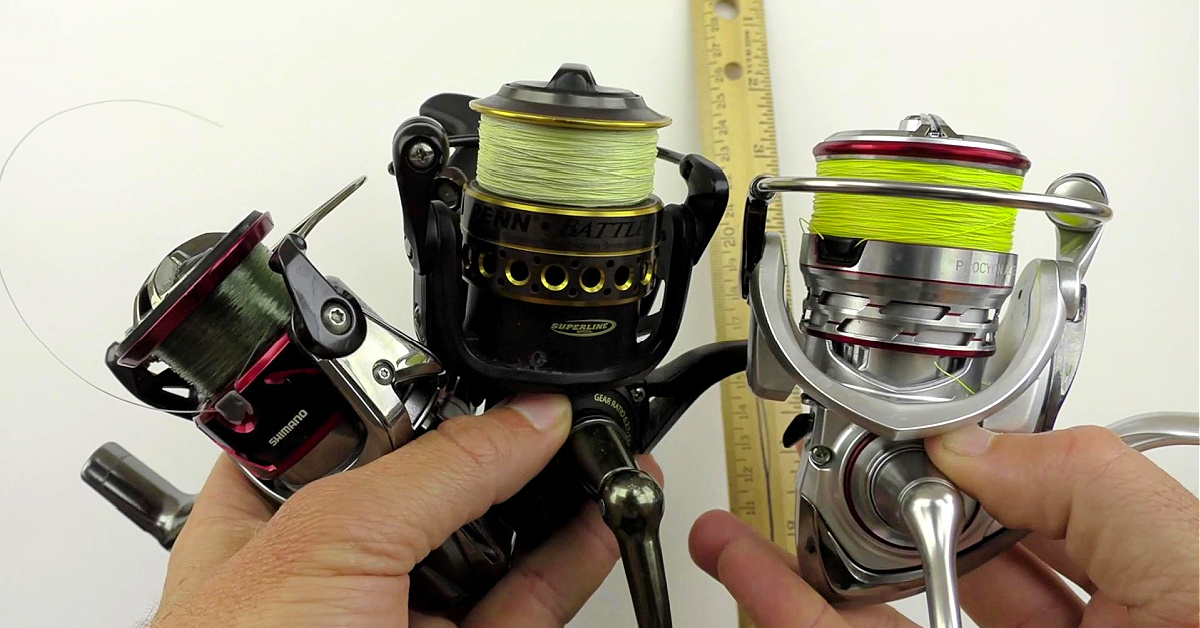
Credit: www.saltstrong.com
What Are Spinning Reels And Why Should You Use Them?
Different Types Of Reels For Fishing And When To Use Spinning Reels
When it comes to fishing, the type of reel you use can have a significant impact on your success. There are several types of reels available for fishing, including baitcasting reels, spincast reels, and spinning reels.
Out of these types of reels, spinning reels are the most commonly used by anglers worldwide due to their versatility and ease of use. They are perfect for beginners and experienced anglers alike and can be used for most types of fishing.
Here are some times when using spinning reels is an excellent option:
- When fishing in freshwater or saltwater
- When fishing for small or medium-sized fish
- When casting light to medium-weight lures or baits
Advantages Of Using Spinning Reels, Including Versatility And Ease Of Use
There are several advantages to using spinning reels, making them a popular choice among anglers:
- Versatility: You can use spinning reels for a wide range of fishing techniques, including casting, trolling, and jigging.
- Ease of use: Spinning reels are easy to operate and require minimal skill to use, making them perfect for beginners.
- Accuracy: Spinning reels are accurate and allow for precise casting, even in windy conditions.
- Durability: Spinning reels are robust and can withstand wear and tear, making them ideal for frequent use.
- Smooth drag: Spinning reels have a smooth drag system that prevents fish from breaking the line during a fight.
Key Components Of A Spinning Reel And How They Work Together
To understand how a spinning reel works, you need to know the different components and how they work together:
- The spool: The spool holds the fishing line and is connected to the rotor.
- The rotor: The rotor is responsible for turning the spool and retrieving the line when you turn the handle.
- The handle: The handle is used to turn the rotor, which, in turn, retrieves the line.
- The bail: The bail is responsible for controlling the line for casting and retracting after casting.
- The drag system: The drag system controls the strength of the line, preventing the fish from breaking the line during a fight.
All these components work together to make a spinning reel function correctly, providing an optimal fishing experience. When choosing a spinning reel, consider these components carefully to ensure you purchase the best spinning reel suitable for your needs.
Mastering Your Line Setup For Optimal Performance
Proper line management is critical in spinning reel fishing, and mastering your line setup can make a big difference in your overall performance. In this blog post, we’ll cover everything you need to know about choosing the right line for your fishing needs, and spooling it properly for optimal performance on the water.
Understanding Line Types And Their Advantages And Disadvantages
Choosing the right line type is critical for spinning reel fishing, and will depend on the type of fish you’re targeting and the water conditions you’ll be fishing in. Here are the advantages and disadvantages of common line types:
- Monofilament: Monofilament is a popular choice for spinning reels because it is affordable, versatile and easy to handle, making it an excellent choice for beginners. However, it has a high stretch factor, so it may not be the best option if you need to detect light bites or set the hook quickly.
- Fluorocarbon: Fluorocarbon is known for its low visibility, enabling you to fool more fish. It is also abrasion-resistant and has a higher density than other line types, which means that it sinks faster, making it a great option for deep water fishing. However, it can be more expensive than other line types, and it is typically stiffer, which may make it more challenging to cast.
- Braided: Braided line is durable, strong and thin, enabling you to cast further and detect more subtle bites. It is also highly visible, making it a great option for topwater lures and for line-watching fishing. However, it can be expensive and may be more challenging to work with because of its lack of stretch.
Tips For Selecting The Right Line Based On Your Fishing Needs And Location
Choosing the right line type depends on a variety of factors, including the type of fish you’re targeting, water conditions, and the type of lure you’re using. Here are some tips for selecting the right line type based on your fishing needs and location:
- Consider the type of fish you’re targeting and their behavior. For example, if you’re targeting a species that is known for being sensitive to line visibility, you may want to opt for fluorocarbon.
- Think about the water conditions you’ll be fishing in. If you’re fishing in clear water, you may want to choose a low-visibility line, such as fluorocarbon. If you’re fishing in murky water, you may want to opt for a bright, visible line that will enable you to see strikes.
- Consider the type of lure you’ll be using. If you’re using a topwater bait, you may want to choose a low-stretch, highly visible line, such as braided. If you’re using a sinking lure, you may want to opt for a sinking line, such as fluorocarbon.
Proper Spooling Techniques And Line Capacity Considerations
Proper spooling is critical for spinning reel fishing, and ensuring that you have an adequate line capacity is essential for success on the water. Here are some tips for proper spooling techniques and line capacity considerations:
- Always spool your line tightly to ensure that it doesn’t slip or tangle when casting or reeling in your catch.
- Fill your reel spool to the recommended capacity, which is typically marked on the reel, to ensure the best performance.
- Check your line regularly for signs of wear or deterioration and replace it as needed to ensure optimal performance.
By following these tips and mastering your line setup, you’ll be well on your way to success spinning reel fishing. Happy angling!
Conclusion
When it comes to proper line management for spinning reels, it’s essential to employ the right techniques for efficacy. From understanding your reel’s capacity to the type of line to use, every detail counts. Proper line management not only enhances your fishing experience but also increases your chances of catching more fish.
Avoid line twists, wind knots, and snarls by using these tactics like manual line lay and cleaning to preserve your reel’s longevity. There’s more to fishing reels and lines than just casting and waiting for the fish to bite. With these guidelines, you’ll be sure to have a stress-free time fishing and an enjoyable experience.
Don’t forget to practice proper line management and pass on the information to fellow fishing enthusiasts. Happy fishing!

